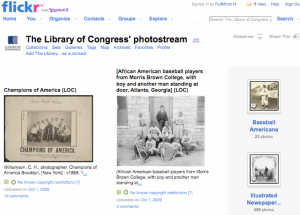Posted in Weekly Activities on October 20, 2009|
2 Comments »

Facebook is a social networking website, launched on February 4, 2004. Mark Zuckerberg, a former Harvard student, founded Facebook. Initially the membership of Facebook was restricted to students of Harvard College.
The name of the site refers to the paper facebooks depicting members of the campus community that some U.S. colleges and preparatory schools give to incoming students, faculty, and staff as a way to get to know other people on campus.
- More than 300 million active users
- Average user has 130 friends on the site
- More than 2 billion photos uploaded to the site each month
- More than 14 million videos uploaded each month
- About 70% of Facebook users are outside the United States
- More than 350,000 active applications currently on Facebook Platform
- More than 250 applications have more than one million monthly active users
- There are more than 65 million active users currently accessing Facebook through their mobile devices.
Facebook provides two networking tools:
Firstly, user able to create or join a Facebook group;
Secondly, user can create or join a Facebook fan page.
What are the significant differences between Facebook group and Facebook fan page?
- User unregistered can see fan pages unlike groups.
- Fan page offers more flexibility and better interactive.
- Update on Fan page will send notification to the members unlike groups.
- Groups allow you to host an event and automatically invite all of your Group members.
- Groups can be created by any user and about any topic.
- Fan page can be customized with rich media and interactive applications to engage Page visitors.
- Applications cannot be added to groups.
- Fan pages for discovery.
- Groups for communication.
Read Full Post »






